
views
Readying Yourself for the Injection

Talk to your doctor about any existing medical conditions. Any time you start a new medication, it’s important to discuss your medical history with your doctor beforehand. Drugs can have interactions that create negative side effects. Taking Prolia can be potentially harmful for people with kidney disease, weak immune systems, thyroid/parathyroid problems, stomach or intestinal problems, dental surgery or tooth removal surgery, or allergies to denosumab (an ingredient in the medication) or latex. Let your doctor and dentist know if you have jaw problems while on Prolia. You may need a dental exam before you can begin Prolia as well.

Get a demonstration from your healthcare provider. It’s important that you don’t attempt to inject yourself (or someone else) with a shot of Prolia unless you’ve been trained by a professional. Ask your doctor to show you how to use it before you attempt to administer the injection at home. If you feel uncomfortable administering the injection yourself, simply go to your healthcare provider each time you need a dose. They will be happy to do it for you.
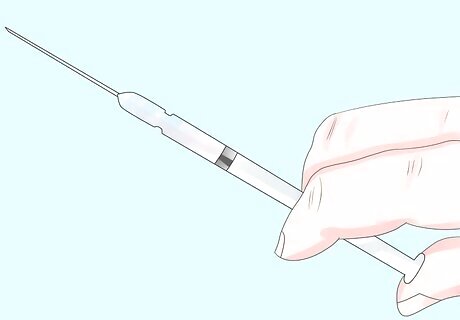
Remove the pre-filled syringe from the refrigerator 30 minutes before use. A room-temperature injection will be more comfortable than a cold one. Take the medication out of the fridge and let it sit at room temperature for 30 minutes or so before you administer the shot. Don’t try to warm the syringe by using a heat source (like a microwave or hot water). Let it warm up naturally. Heating up the syringe can compromise the medication or even cause the syringe to crack. Be sure that you don’t expose the syringe to direct sunlight while you wait for it to warm up as sunlight can contaminate the medication inside the syringe.
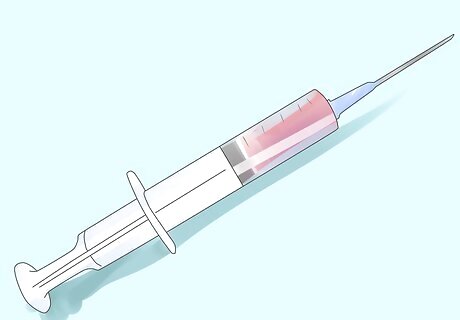
Discard the syringe if it is cracked or if the medicine appears cloudy. Look at the syringe to make sure it is not damaged or contaminated. Don’t use the syringe if the medicine inside is cloudy or has particles in it, if any part of the syringe appears cracked or broken, or if the needle cap is missing or not fully attached. Instead, grab a new syringe from your packet, or contact your healthcare provider if you are out of syringes. You should also discard the syringe if the medicine is past its expiration date, which will be printed on the syringe label.
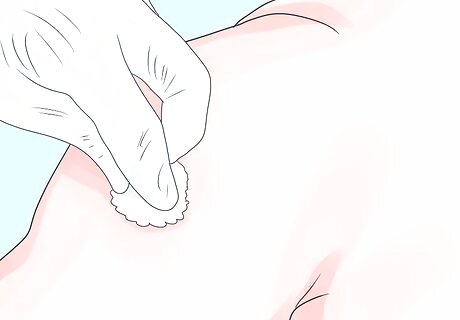
Sterilize the injection site with alcohol and wash your hands. You may inject the Prolia shot in any of the following subcutaneous regions: upper arm, abdomen, or upper thigh. Use an alcohol swab to clean the injection site and wash your hands thoroughly with disinfecting soap. For an upper arm injection, another person will have to administer the shot. You cannot do it to yourself in this location. For an abdominal injection, you can choose any area except for a 2 in (5.1 cm) radius right around your belly button.
Injecting the Prolia Shot
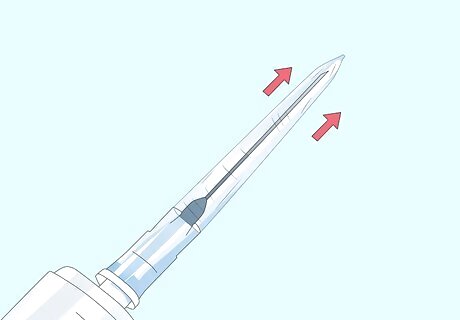
Remove the needle cap whole holding the syringe upright. Hold the syringe (needle pointing up) carefully in one hand. Use the other hand to pull the grey needle cap upwards and away from the syringe. Once the needle cap is removed, you must be very careful not to drop the syringe or touch it to anything else to avoid contamination.
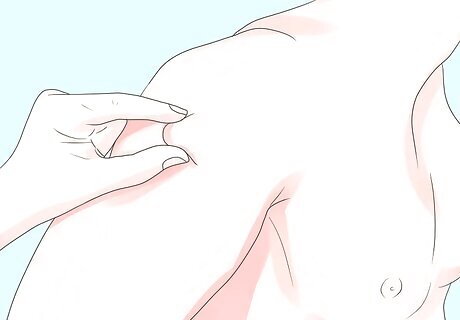
Pinch your injection site. Use your thumb and index finger to pinch your skin at the injection site. You should pinch the skin until it creates a firm surface for the injection. Try to get a good couple of inches of skin pulled up slightly away from your body for an effective subcutaneous injection.
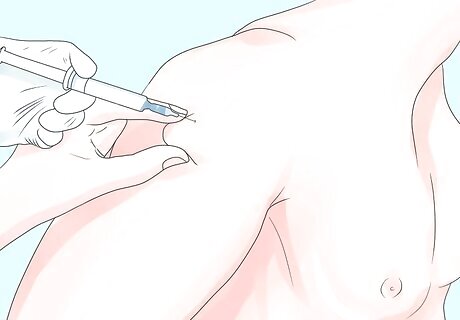
Inject the syringe needle into your skin. Insert the needle fully into your skin until the syringe barrel is just above the surface of the skin. Keep the skin pinched for the duration of the injection process. Don’t release it until you have removed the needle completely.
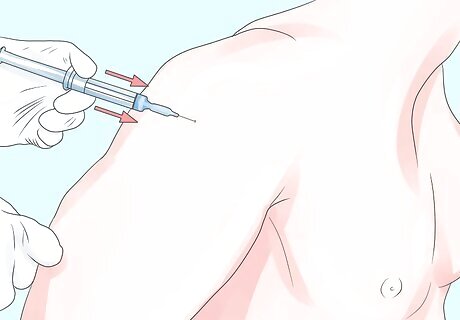
Push the plunger down slowly until you feel a “snap.” Keep pushing through the “snap” until you reach the bottom to receive the full dosage. Release the plunger and the needle will automatically pull back up into the syringe safety guard.
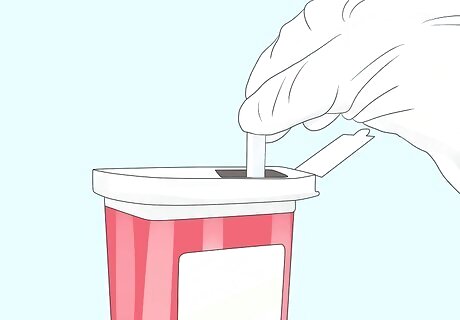
Dispose of the used syringe in a sharps disposal container. Used needles should never be discarded in regular household trash. You should throw it away in a container that is specifically intended for used needles and other sharp objects. You should never reuse or recycle used syringes. If you don’t have a sharps disposal container, contact your healthcare provider to ask about safe disposal of used syringes.
Taking the Proper Precautions

Do not take Prolia if you are pregnant. Prolia can be harmful to unborn babies. Prolia may also pass into your breastmilk, so you shouldn’t breastfeed while taking this medication. Make sure to use reliable birth control if you are on Prolia. If you are taking Prolia and you become pregnant, stop the treatment immediately and consult with your doctor.

Avoid taking Prolia if you have hypocalcemia. This is a condition in which people have low levels of calcium in their blood. Prolia may further reduce the levels of calcium in your blood while you are taking it, which could lead to dangerously low calcium levels. Don’t take injections until you correct your hypocalcemia. Contact your doctor immediately if you notice any of the following symptoms while using Prolia: muscle spasms or cramps; numbness or tingling in your fingers, toes, or around your mouth; seizures; confusion; or loss of consciousness. You should also replenish your vitamin D levels before using Prolia if you have a deficiency. While you’re using Prolia, continue any calcium or vitamin D supplements you’ve been taking.
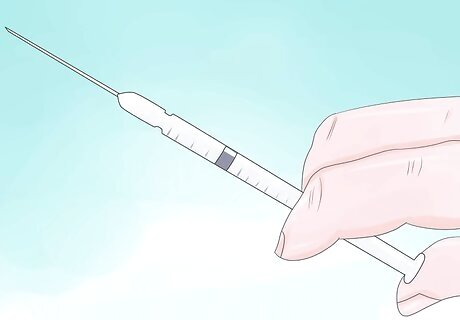
Store Prolia doses in the refrigerator. Prolia must be stored in a refrigerated space at 2 °C (36 °F) to 8 °C (46 °F). It should never be frozen or stored at room temperature. Place the entire carton in the refrigerator to protect the medication from exposure to light.
Do not give Prolia to children. Prolia is only meant for adults. This drug is harmful to children because it can slow down their bone growth and tooth development.
Get injections every 6 months to avoid vertebral fractures. Once you discontinue using Prolia, you have an increased risk of multiple vertebral fractures. Reach out to your doctor before getting injections to discuss your concerns and see how often they recommend administering Prolia so you’re less likely to have negative side effects.











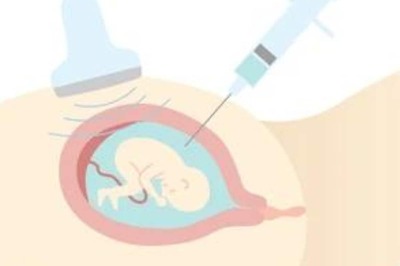





Comments
0 comment